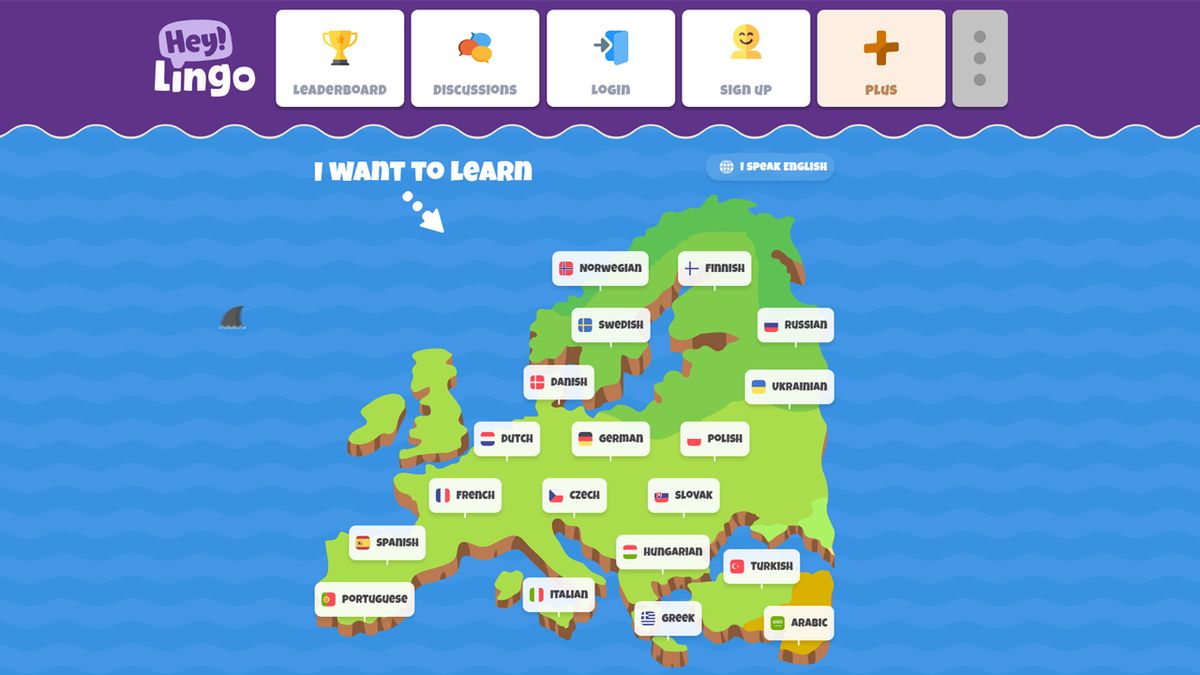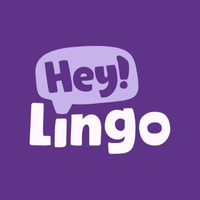Hey! Lingo is a language learning platform that aims to teach you a new language through a series of interactive quizzes and games. Overall, it has a light-hearted and colorful feel and aims to make learning feel less like serious work and more like fun.
The course is available in 26 languages, including all major European languages - French, Spanish, German, Portuguese, Italian and more - as well as Arabic and a range of widely spoken Asian languages, including Chinese (Mandarin), Hindi, Japanese and Korean. In languages that don’t use the Latin alphabet, words are displayed in both the language’s native script and an English transliteration, which makes the words easier to learn and pronounce.
Hey! Lingo is suitable for beginners and covers all the major basic words you might need to know as a learner of the language, set out in short, bitesize lessons. It doesn’t offer explanations of grammar or examples of larger texts or conversations though, so depending on your language learning goals it may not be comprehensive enough for some learners. As such, it doesn't rank highly in either our best learn Spanish online or best learn French online guides.
With its colorful, animation-led layout and interactive quiz-based learning, the app is similar to Duolingo, however Hey! Lingo doesn’t offer quite so many languages.
Hey! Lingo: Teaching method
Hey! Lingo is taught through a variety of flashcard-style games that aim to teach you key vocabulary from each language. Each section is based around a certain topic (for example, pronouns, animals or moods), covering both nouns and verbs, as well as having lessons that include short, commonly used phrases you might need in your travels. It's pretty similar to something like Mondly.
The platform is very much aimed at learning through games and interaction and you can imagine it being a useful teaching aid for language teachers. Once logged in, Hey! Lingo displays a tally of how many words per language you’ve learned, as well as tracking your progress through how many minutes you’ve studied for and how many sections you’ve completed.
You can’t fully complete a section until you have ‘learned’ every word and you’re tested on this through a variety of games, such as matching up cards and filling in blanks. Each word is also read aloud by a native speaker, so you can hear the pronunciation and repeat it yourself. However, it’s worth noting that it’s not necessarily a true representation of how well you know a word - as most questions are multiple choice, we got quite a few right just through guessing.
Although its range of topics are broad, it would be difficult to achieve any real form of fluency using the platform alone, as its focus is on teaching you words and phrases without explaining their grammatical background or use in a real-world context. It might be useful for those with a good memory, but not so useful for those who learn better through learning to construct full sentences or engaging with full conversations.
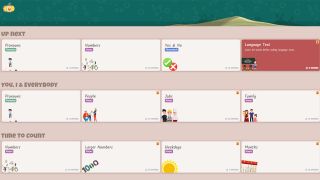
Hey! Lingo: Format
Each lesson is grouped with other similar lessons into themed categories, which makes it easy to navigate if you’re looking for a particular topic to learn. The platform itself is very bright and colorful and includes engaging animations and sounds, which would make it a good option for teaching classes in an interactive way, especially for children.
The lessons begin with the very basics needed to construct simple sentences - pronouns, the verb ‘to be’, and words for people and jobs - and from there run through a huge range of categories (including numbers, technology, travel, dining, school and medical) as well as a variety of courses related to describing your thoughts, feelings and opinions.
Despite this, each section is completely separate from the last, meaning you often won’t re-encounter the vocabulary you’ve previously learned in a later section. This can make it difficult to know how your knowledge of the language is growing as a whole as you aren’t able to get a comprehensive, detailed picture of the language outside of each small topic.
Additionally, the activities usually only focus on singular words or short phrases, so Hey! Lingo wouldn’t be a good option for anyone who was hoping to use the platform to understand longer texts or conversations. For this, you really need to be looking at something like Rosetta Stone.
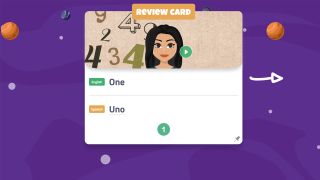
Hey! Lingo: Pricing and ease of use
Anyone can access a limited, free version of Hey! Lingo without creating an account by simply going to the homepage and clicking on the language they’d like to learn. From there, you’ll be offered a limited amount of lessons, usually one from each category, but the rest will remain locked unless you pay for a subscription.
Hey Lingo subscriptions are available in monthly ($6.99), yearly ($47.99) or lifetime ($99.99) subscriptions to the courses, however once you’ve signed up to one tier, you may be offered a better deal to upgrade to the next. Head over there now to see if the price is right.
The platform is easily accessible both on mobile and desktop. There is also a Hey! Lingo app available for both iOS and Android, which has an almost identical layout to the desktop version. It's great to have that consistency.
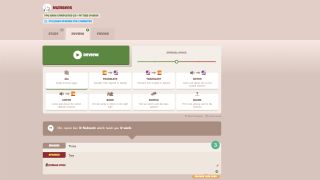
Should you use Hey! Lingo?
Hey! Lingo would be a useful option for someone in the beginning stages of learning a language or someone wanting a resource to help them brush up on their vocabulary alongside their language lessons at school, university or wherever else.
However, as it focuses on key words and phrases and doesn’t offer the chance to interact with longer texts or conversations, it’s unlikely to be a good option for someone looking for a more detailed or comprehensive language learning resource. It does feel pretty limited.
With its colorful and interactive layout, it could make an especially good resource for teaching young people in classrooms as it provides a fun way to learn vocabulary, but it won't sustain anyone more serious about learning a language.
